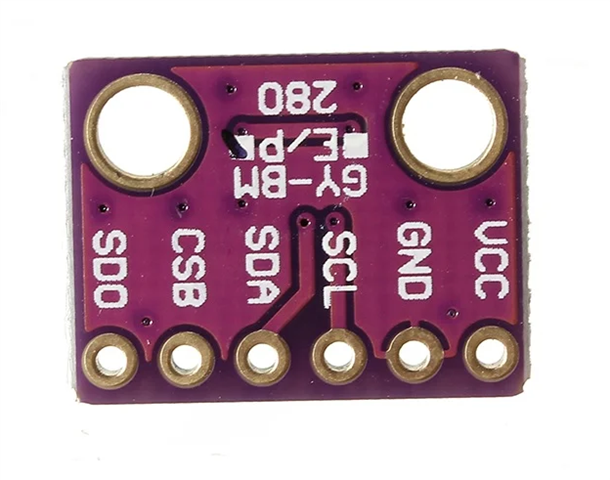Hi everybody,
I am trying my best to make my nrf52840dk communicating with an external bmp280 sensor using i2c, but I could not even read the cip id.
Maybe I completely misunderstood how to do it.
Here's my prj.conf:

I connected SDO to GND so that the device address is 0x76. As for the rest, here's my physical connections:
- VCC --> VDD
- GND --> GND
- SCL -->P0.27
- SDA -->P0.26
- CSB-->VDD
I decided to tie CSB high because I read this inside the datasheet:
Now here's my main.c:


